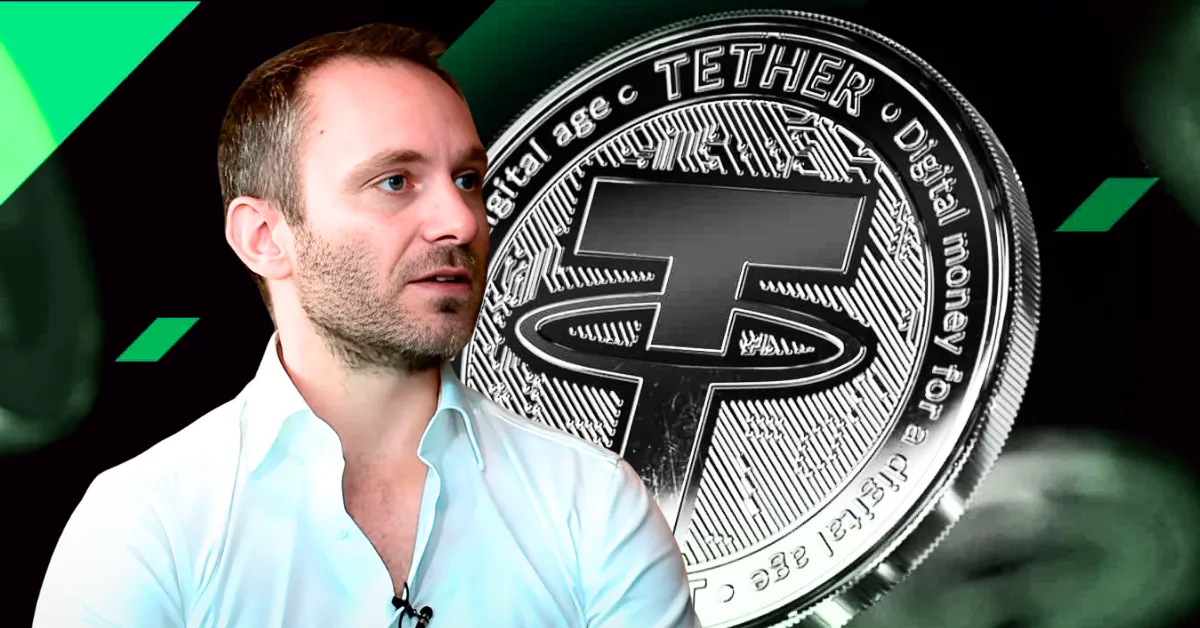A Turning Point in Crypto Enforcement
The digital frontier, though brimming with innovation, isn’t immune to the shadows of illicit activity. Recent events illuminate a crucial development: a surge in collaborative efforts between cryptocurrency entities and law enforcement agencies to combat fraud. A prime example is Tether, the issuer of the USDT stablecoin, whose instrumental role in a record-breaking $225 million cryptocurrency seizure linked to sophisticated fraud schemes has been publicly recognized by the U.S. Department of Justice (DOJ). This milestone, reached in June 2025, signifies a major escalation in the fight against crypto-enabled crime and showcases Tether’s evolving position within the regulatory landscape.
The Anatomy of Deceit: Unmasking “Pig Butchering”
The seized funds were directly tied to a large-scale “pig butchering” fraud scheme. This cruel tactic involves con artists cultivating relationships with victims online, often through dating apps or social media. The scammers invest time in building trust before introducing fabricated investment opportunities. The term “pig butchering” aptly describes the process: the scammers “fatten” their victims emotionally and financially before running off with everything. The DOJ estimates that over 400 individuals were targeted by this specific operation, resulting in significant financial devastation. The scale of the fraud, reflected in the $225.3 million frozen, marks the largest cryptocurrency seizure in the history of the U.S. Secret Service (USSS), underscoring the growing sophistication and financial impact of these schemes. Reports show that in 2022 alone, “pig butchering” scams cost U.S. citizens a staggering $3.3 billion, highlighting the urgent need for effective countermeasures.
Tether’s Active Role: Beyond Passive Compliance
Tether’s involvement went beyond mere passive compliance. The company proactively froze approximately $225 million in USDT held in externally self-custodied wallets. This action was taken in close cooperation with the DOJ and, notably, with the cryptocurrency exchange OKX, signifying a willingness to collaborate across the industry. Freezing these funds was essential to prevent the further dissipation of the illicit proceeds and allowed law enforcement to trace the flow of funds through a complex web of blockchain transactions. Blockchain analysis played a critical role in identifying hundreds of wallets used to launder the scam proceeds across various platforms. This level of technical assistance, including the ability to identify and freeze funds on the blockchain, establishes Tether as a valuable partner in law enforcement efforts.
A Consistent Commitment: Tether’s History of Cooperation
The recent $225 million seizure is not an isolated event. Tether has consistently demonstrated a willingness to cooperate with law enforcement agencies worldwide. Earlier in 2025, the company assisted the USSS in freezing $23 million in USDT linked to the sanctioned exchange Garantex. Furthermore, Tether collaborated with Tron, TRM Labs, and Spanish authorities to freeze funds associated with other illicit activities. Before that, in September 2024, Tether assisted the DOJ in seizing over $6 million linked to a crypto-confidence scheme originating in Southeast Asia. In March 2024, the company aided in the seizure of $1.4 million in USDT, marking one of the first instances of the U.S. recovering USDT from an unhosted virtual currency wallet. This repeated collaboration highlights Tether’s clear commitment to actively combat illicit finance within the digital asset ecosystem.
Shifting Tides: DOJ Recognition and its Impact
The DOJ’s public acknowledgement of Tether’s assistance carries significant weight. It signals a growing acceptance of stablecoin issuers as potential allies in the fight against financial crime. The DOJ has described the seizure as a “game changer,” highlighting the potential for increased recovery of illicit funds through collaboration with the crypto industry. The seizure of $9 million in USDT following the initial $225 million freeze further emphasizes the effectiveness of this collaborative approach. This recognition could pave the way for more formalized partnerships between law enforcement and cryptocurrency companies, fostering a more secure and transparent digital asset environment.
Navigating the Waters: Regulatory Scrutiny and Future Hurdles
While the DOJ’s acknowledgement is a positive step, Tether continues to face scrutiny. Concurrent with these enforcement actions, reports surfaced of a DOJ probe into Tether executives regarding potential bank fraud. This investigation, while separate from the seizure, highlights the ongoing regulatory challenges facing the company. A heightened focus on transparency and adherence to regulatory standards remains imperative.
Looking ahead, numerous challenges persist. The decentralized nature of cryptocurrency inherently complicates tracing illicit funds. Fraudsters are constantly evolving their tactics, demanding continuous innovation in detection and prevention methods. Furthermore, international cooperation is essential, as many of these scams originate and operate across borders. Tether’s sustained commitment to collaboration, coupled with advancements in blockchain analytics and regulatory clarity, will be critical in mitigating these risks.
A New Era of Accountability: Securing the Future of Crypto
The $225 million seizure, made possible by Tether’s proactive assistance, marks a turning point in the relationship between the cryptocurrency industry and law enforcement. It proves that stablecoin issuers can be vital allies in combating fraud, recovering illicit funds, and protecting vulnerable individuals. While challenges and scrutiny remain, this event signals a move towards greater collaboration and a more secure future for the digital asset ecosystem. The willingness of companies like Tether to actively engage with law enforcement is not merely a matter of compliance; it’s a crucial step in building trust and ensuring the long-term sustainability of the cryptocurrency market. This is more than just seizing funds; it’s about seizing an opportunity to forge a safer, more responsible, and ultimately more trustworthy digital future.

